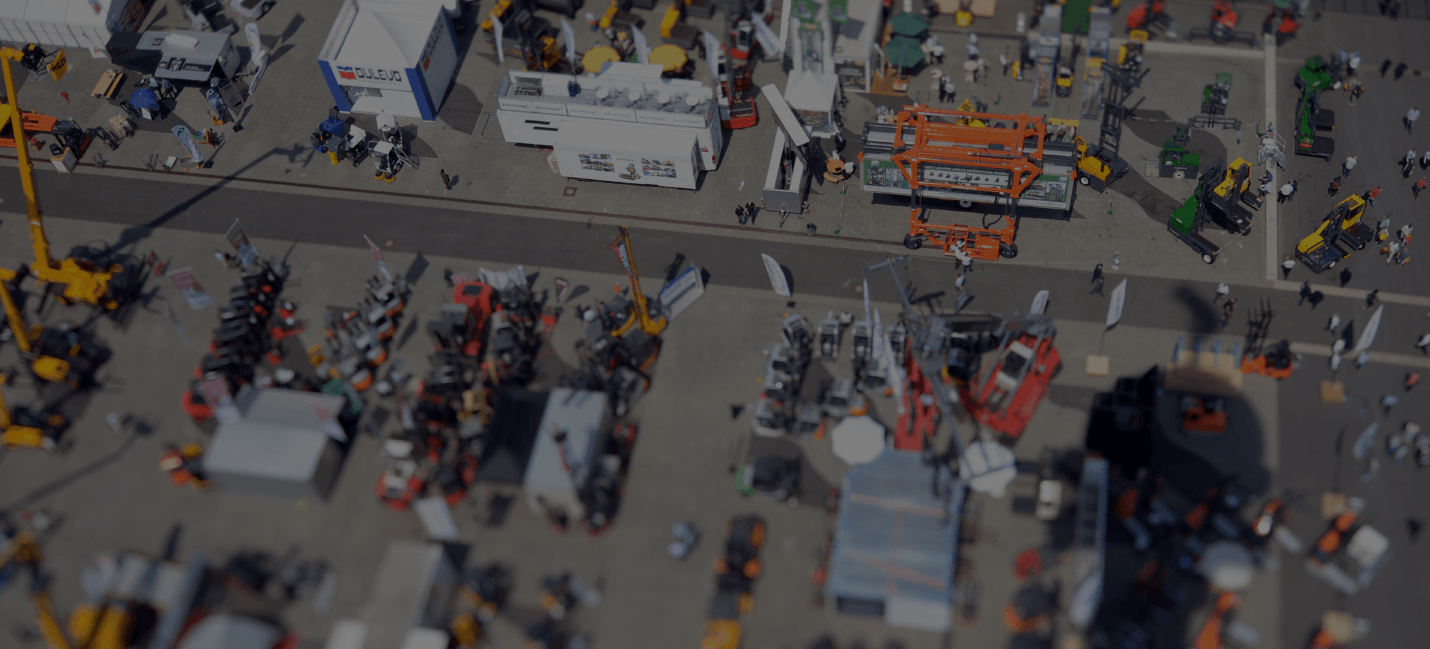STEP 2: The importance of a best practice receiving process
When it comes to the inbound receiving function of your warehouse, data and flexibility are the key to preparing for Coronavirus-like disruptions.
It was another jam-packed session for Step 2 in the 9 Steps to Future-Proofing your Warehouse series brought to you by FuzzyLogX in partnership with CeMAT Australia.
Here’s an overview of what you missed. Check out the full presentation here and don’t forget to sign up for access to the rest of this highly informative and interactive ‘how to’ guide.
UNDERSTAND THE BASICS
Inbound receiving is a combination of two processes:
- Inbound (the logistics) – physically enabling the product to enter the warehouse, involving unloading, palletising and staging.
- Receiving (data confirmation) – logically accepting the inbound product through system validation, involving PO matching, invoice matching and other financial driven activities.
FUTURE PROOF RECEIVING WITH BEST PRACTICES
- Inbound receiving needs to be the gatekeeper for bad data
- Optimise inbound unit load for maximum efficiency
- Minimise travel requirements and track product from entry
- Use Receiving to constantly validate data capture
- Understanding data, logistics and technology requirements is key
Thanks to real time data, Inbound Receiving is evolving from a system of Records to a system of Insight
- Use historical data to help you optimise the process
- Harness real world insights to pivot and adapt to disruption
- EDI and other integration solutions can reduce labour intensive manual entry
- Advanced Shipping Notice provides labels which can be read directly into the system
TECHNOLOGY HIGHLIGHT
Watch how the DHL Supply Chain Warehouse in Daventry, UK, successfully tested a semi-automated container unloading solution from Copal which can unload up to 800 pieces per hour and increased throughput rates by 35% over manual methods.
DHL with Copal container unloader from Copal on Vimeo.
Wendi Bosma from Copal Handling Systems joined the webinar live from The Netherlands to reveal more about the latest container unloading technology.
MORE KEY TAKEAWAYS
The episode also featured Rhett Talley, marketing & BDM – Automation at Diverseco, who provided 10 ways to supercharge your Warehouse Management System with accurate SKU dimensional master data. Bonus - he also left us with the 5 qualifying questions to help you determine whether you should invest in the automation of SKU data.
This week’s panel discussion took place between Wendi Bosma, Rhett Talley - and Jeffrey Triantafilo and Bas Schilders from FuzzyLogX and covered:
- Turnaround time for receiving
- Handling returns during COVID 19 restrictions
- The challenges of automating
- Stacking uneven shaped boxes
NEXT UP: STEP 3 of 9 Steps to Future-Proofing your Warehouse will cover Inventory.


